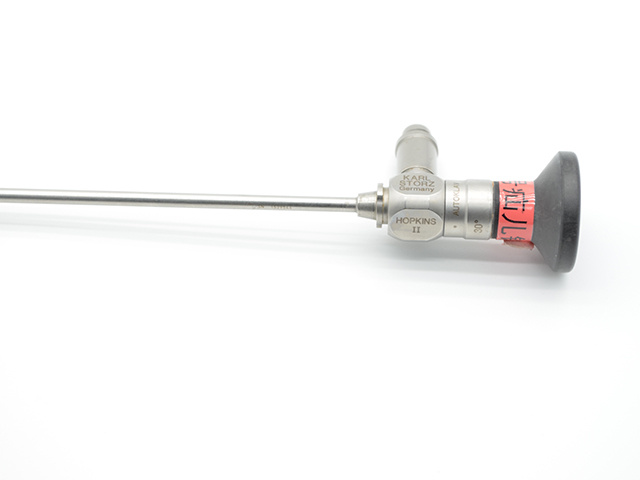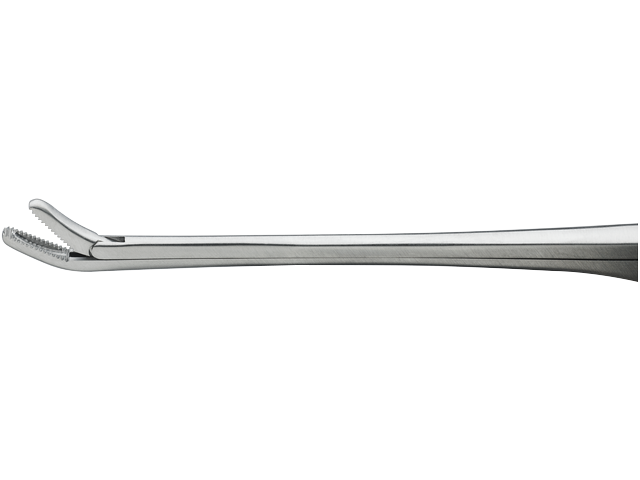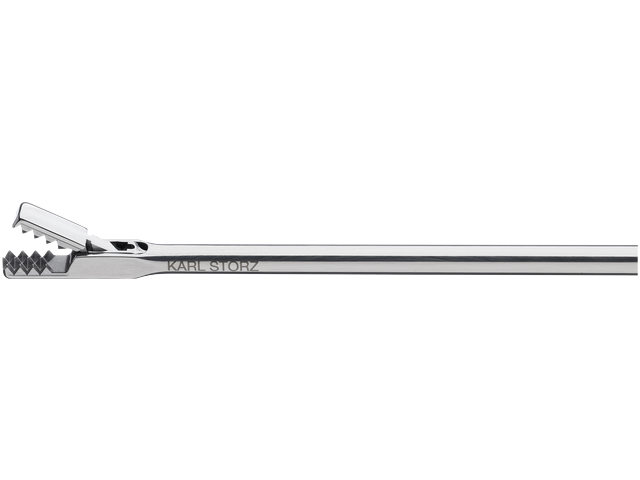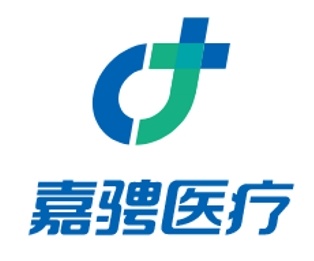
Rigid endoscope
Based on the analysis of the already occurred endoscope failures, the following solutions and safeguards have been formulated to strengthen maintenance management, improve usage efficiency, and reduce the occurrence of major repair-level failures and maintenance costs.
- Product Description
-
Solutions and Guarantee Improvement Measures
Based on the analysis of the endoscope failures that have occurred, the following solutions and guarantee measures are formulated to strengthen maintenance management, improve usage efficiency, reduce the occurrence of major repair-level failures, and lower maintenance costs.
Implement centralized management. Establish an endoscope center for the entire hospital, shifting from decentralized management to centralized unified management; fix operation and cleaning personnel; conduct job training to master the use and cleaning standards of intraoperative instruments; regularly perform leak detection on endoscope instruments.
Strengthen the information technology construction of endoscopes. Utilize information technology to establish endoscope information management, tracking real-time usage, cleaning, and maintenance status.
Clarify the functional positioning of endoscopes. Quality inspection during the acceptance of new endoscopes; quality supervision during use, collaborating with manufacturers to carry out endoscope maintenance management and quality control; quality confirmation after repairs; quality at the time of disposal.
Disinfection and Maintenance of Rigid Endoscopes:1. Cleaning
Cleaning the lens: expensive and easily damaged. The cleaning method can only be rinsed under running water, and after cleaning, it should be stored in a soft plastic foam box.
Cleaning instruments: Use a dedicated cleaning brush to remove residual tissue from various instrument crevices; rinse various lumen channels with a high-pressure water gun to clear any remaining tissue; disassemble and clean the axial parts of other instruments.
2. Soaking
Instruments for knee arthroscopy should not be disinfected by boiling or formaldehyde fumigation, but should be soaked in 2% glutaraldehyde for 10-15 minutes or sterilized with ethylene oxide. Instruments should be kept sharp, moisture-proof, and rust-proof during both usage and non-usage periods.
3. Rinse Again
Following the above cleaning method, rinse the arthroscopy instruments under running water again to completely wash away the solution, thus achieving cleanliness and creating good conditions for disinfection and sterilization.
4. Disinfection and Sterilization
Use ethylene oxide sterilization and high-pressure steam sterilization. Ethylene oxide sterilization requirements: time is 3 hours; pressure is 450 mBar; temperature is 37°C; concentration is 700 mg/L, only for sterilizing lenses and cables. Surgical instruments should be sterilized using high-pressure steam.
5. Drying and Packaging
First, dry the surfaces of various instruments with a soft, dry treatment towel, and wipe the lens with a special cloth; dry the water droplets inside the lumen in an oven, being careful not to use continuous high temperatures on the camera and coupler. Oil, package, position, and perform regular maintenance.
Analysis of Common Issues and Preventive Strategies for Rigid Endoscopes1. No current in the electrosurgical electrode, cutting and coagulation function missing
Preventive strategy: The inner wall of the handpiece plug is burned and damaged during operation, failing to form a pathway. The high-frequency cable must be clean and dry upon entry, and must not be exposed to water during use.
2. Light guide beam unable to function
Preventive strategy: The outer surface near the interface of the light guide beam is broken, causing local fiber optic breakage. Attention should be paid to its position during lens movement.
3. Presence of dust or fog in the image, resulting in poor imaging quality
Preventive strategy: Damage to the lens seal. It is recommended that after high-temperature and high-pressure sterilization, the equipment should cool naturally; do not use ultrasonic cleaning machines.
4. Columnar lens cracked, area not imaging or black screen
Preventive strategy: Internal columnar crystals are broken, and external forces can cause crystal damage. It is recommended to place them independently to avoid contact with other equipment.
5. Damage to the front objective lens, resulting in poor imaging quality
Preventive strategy: Injured by electrosurgical knives, lasers, or powered medical devices. During the use of auxiliary medical devices, ensure safe control within the field of vision.
6. Lens light guide function not ideal, image display is dark
Preventive strategy: The fiber optic at the lens light guide port was not cleaned immediately after getting dirty. During maintenance, the light guide port must be disassembled and cleaned, and attention should be paid to adjusting the brightness of the display.
7. Damage to the lens body, deformation, no image displayed
Preventive strategy: Caused by bending or dropping due to force. During the adjustment of the field of view during surgery, care should be taken to protect the lens, ensuring that the lens and sheath are aligned and secured with a lock, without excessive force.
Keyword:
Rigid endoscope
Online Inquiry
If you encounter any questions or confusion in use, please do not hesitate to leave a message here. Our customer service team will answer you as soon as possible to ensure that you can use our products smoothly.
More products






